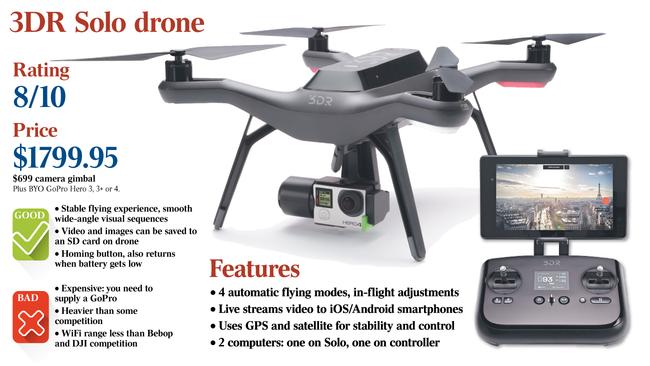Flying Solo is fun but the cost can bring you down
An expensive treat for budding filmmakers, the 3D Robotics’ Solo drone pretty much flies itself.
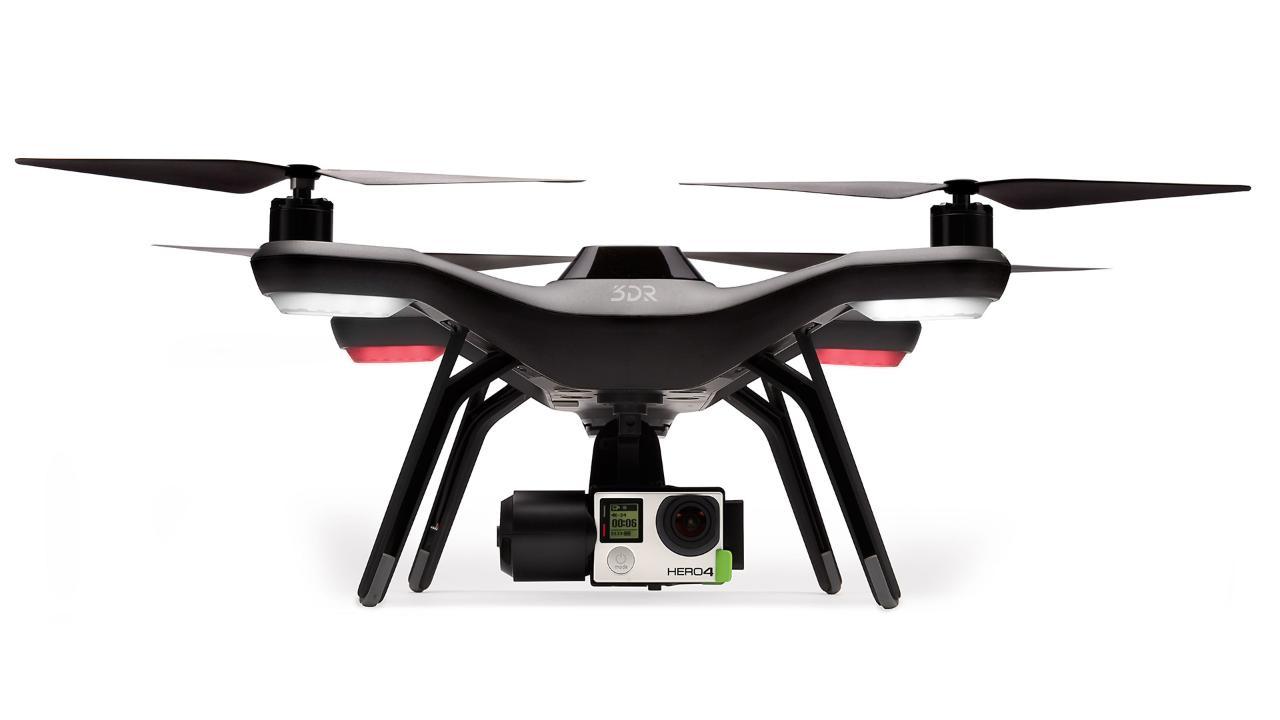
In 2016, the consumer drone market has well-established choices. There’s the French-made Parrot’s Bebop drone, an $800 drone for casual hobbyists that offers 1080p HD video. Go up a notch and you’ll pay $1700 for the more sophisticated DJI Phantom 3 Professional, which has an integrated 4K camera. Go up another notch and several hundred dollars more, and you can enjoy 3D Robotics’ Solo drone.
I took the 3DR Solo for a spin recently and here’s a drone that pretty much flies itself. It’s also a treat, albeit an expensive one, for budding filmmakers needing smooth overhead film sequences.
Like the Bebop and DJI drones, Solo takes great resolution video but adds another element — smooth transitions. That’s because the drone can be programmed to fly itself. There are four modes: Cable Cam, Selfie, Orbit and Follow Me.
Choose a mode and where you want to go, and the Solo executes the shot with precision. I tried a Solo with the latest firmware installed at Dudley Page Reserve at Sydney’s Dover Heights, a location with stunning ocean and harbour views towards South Head.
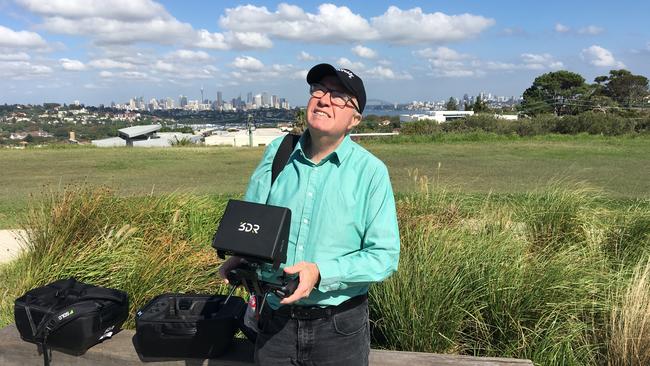
Start-up is simple. Unless you’ve previously crashed the drone, there’s no need to calibrate it. One press starts the motors and another gets the drone in the air. The best policy is to have it hovering in clear space well above you as you prepare to set up the mode and shot. It locks on to several navigational satellites, which aids stability.
You can operate Solo directly from the 3DR Solo smartphone app (for iOS and Android), but you get a better WiFi range using the supplied console with your phone installed as a viewer. Solo says its range is about 800m, well beyond visual range, which the Civil Aviation Safety Authority requires you maintain.
You can record to the camera’s SD card and also view and record to the phone, which displays what the drone’s camera sees. You can then choose the mode, which is the exciting bit.
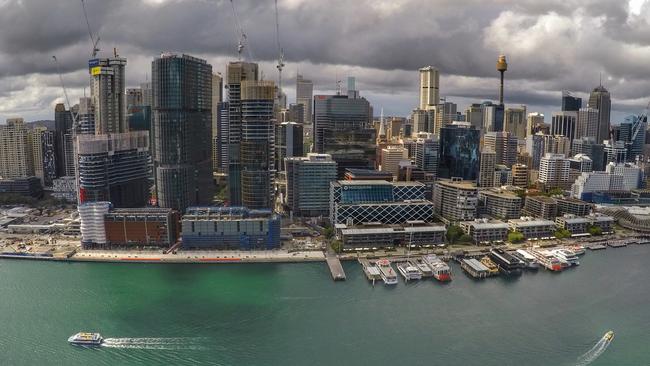
In Cable Cam mode, you fly the drone manually to a series of points, pressing a button each time to register its coordinates. The drone will then revisit those points in order, flying smoothly between them and recording its travels as if it was running along a cable or a camera dolly in the sky.
Solo has a camera gimbal that’s compatible with GoPro Hero 3, 3+ and 4. With a Hero 4 Black, which costs $750, you can shoot 4K-quality video. If you already own a GoPro, that’s no extra cost, but if you need to buy one, things can get expensive.
Using a small lever on the console, I could adjust the gimbal angle so that the shot was correctly angled to the ground and the camera wasn’t just shooting sky.
Last year, Solo was limited to travelling between two points in Cable Cam mode, but following a software update announced in January at CES in Las Vegas, you can set an unlimited number of points.
With Selfie mode, you make sure you are framed in Solo’s camera reasonably close up, and then hit the button. Solo flies up and outwards with the scenery expanding around you.
It then stops in the air, and reverses the sequence back down to you, taking great vision before landing.
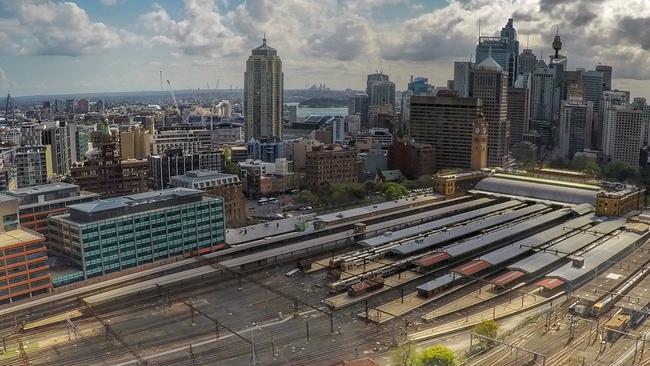
For cinematographers, videographers or estate agents wanting great overheads of a property, there’s my favourite mode, Orbit. Solo will fly around an object in an overhead arc, keeping it in frame. You select the central point on a map. Again, movement is smooth and the orbit is executed with geometric precision. See our video online. You can adjust the radius and even set it to gradually expand as it flies around.
Select the final mode, Follow, and the drone will follow you with the camera trained on you. I tried using Follow in the park and it seemed OK, but I’d really need to use it with some fast-action motion such as skiing or motorbike riding to know whether it’s as versatile as other drones that specialise in follow-me action, such as Airdog and the upcoming GoPro Karma.
Battery life is about 20 minutes, which is better than for some drones. But it’s still short enough to make it necessary to own a couple, which you charge before venturing to fly.
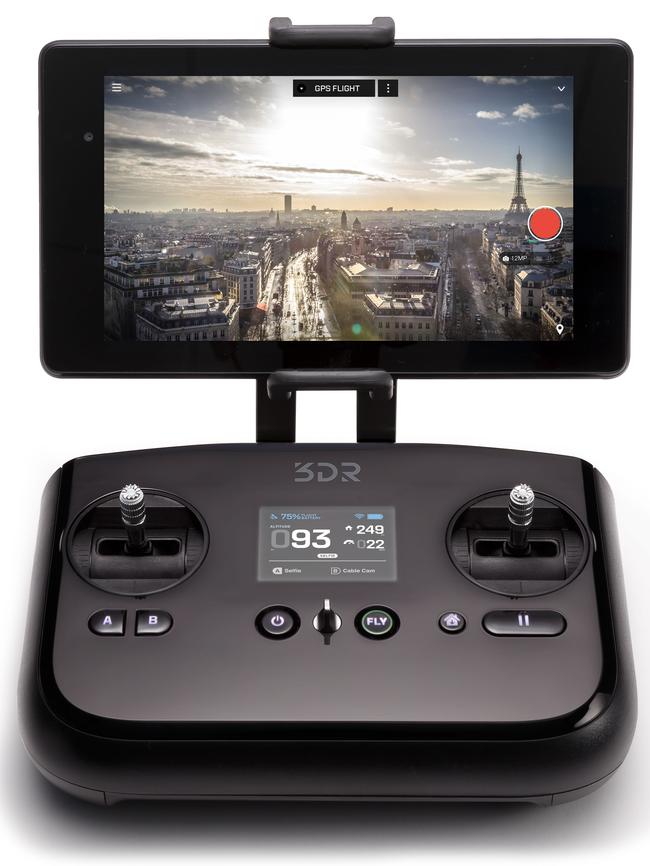
The recent update includes the 3DR Solo app, which displays prohibited air space close to airports. The Solo is sophisticated technology that delivers a stable flying experience.
The only real downside is cost: when you add $1799.95 for the Solo and console, $699 for the gimbal, and $749.95 for a 4K-capable GoPro Hero 4 Black, if you need one, you’re paying $3248.90.
